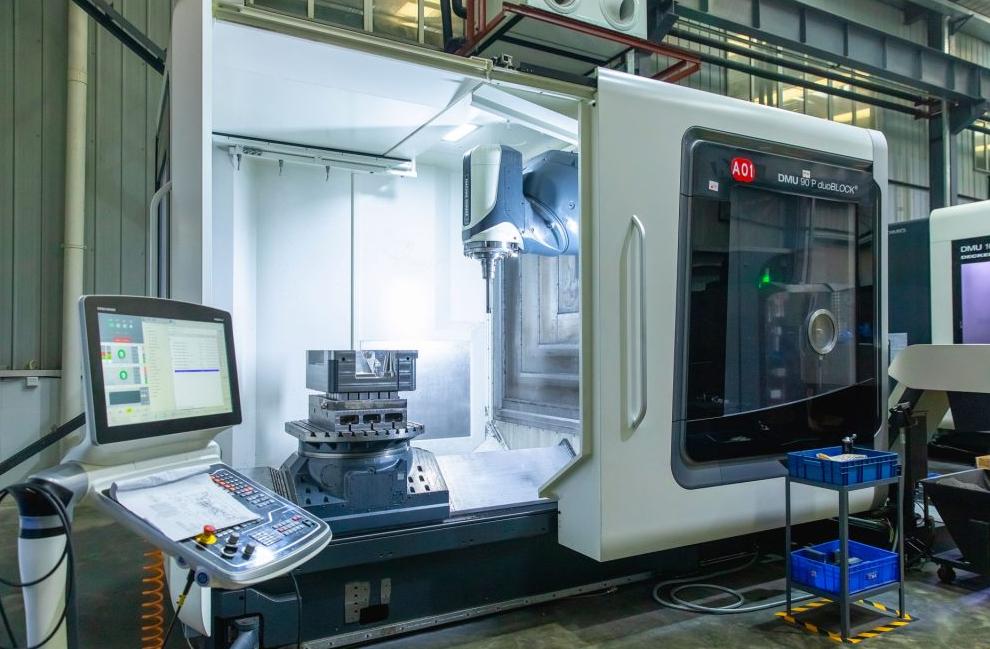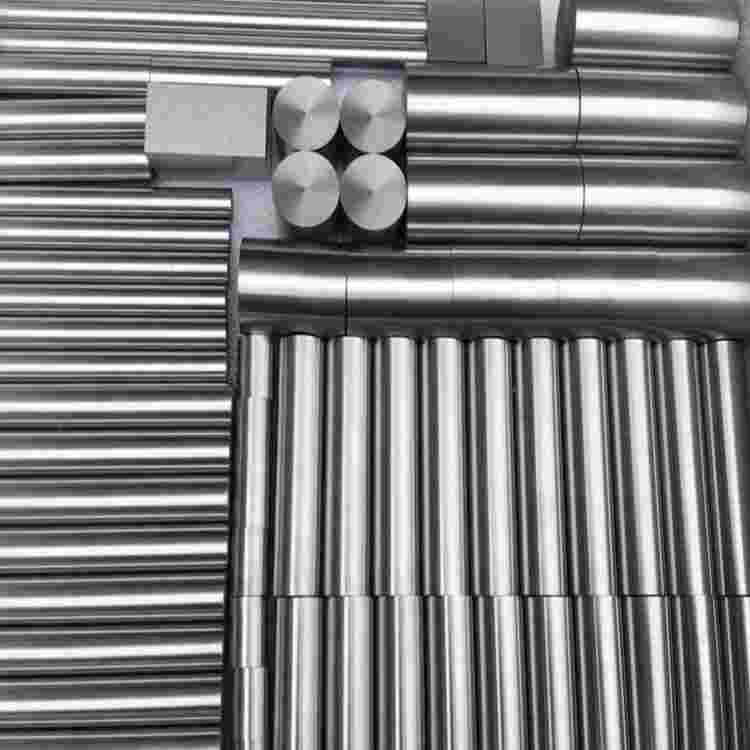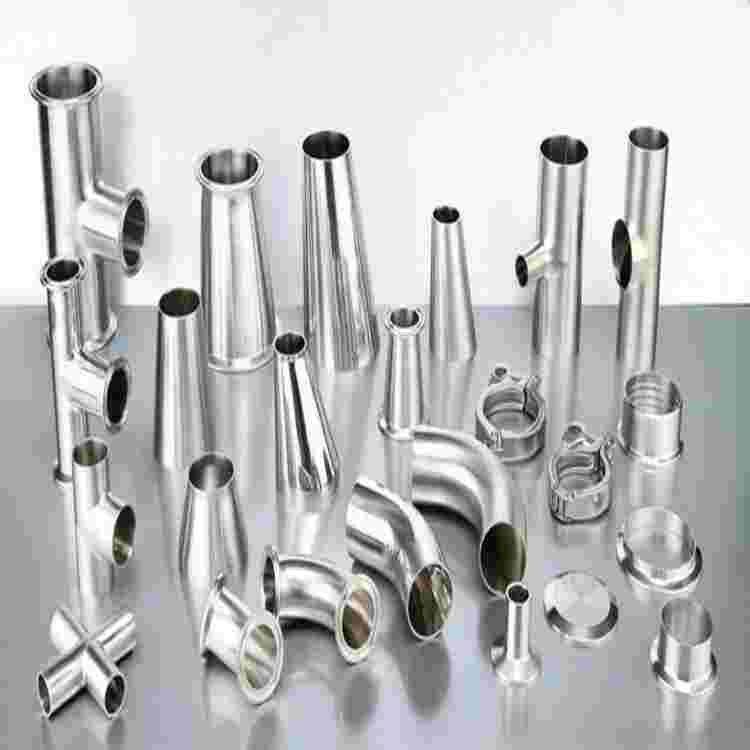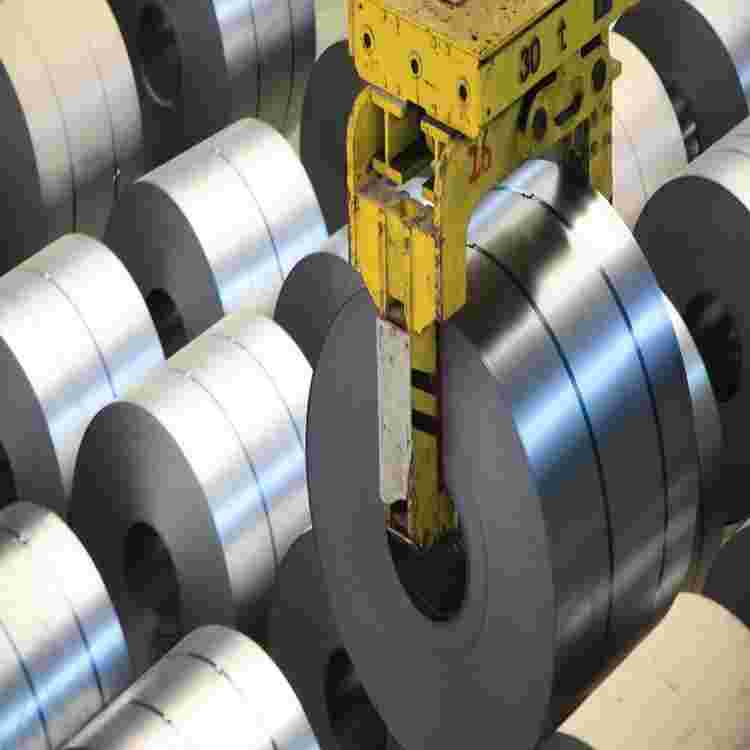In industries where fractions of a millimeter can make all the difference—such as aerospace, medical, automotive, and electronics—tight tolerances aren’t just a quality metric. They’re a necessity. But can CNC machining truly deliver ultra-precise results with consistency?
The short answer: yes. The long answer involves understanding what tight tolerances mean, how CNC machining meets them, and what factors influence precision.

What Are Tight Tolerances in CNC Machining?
In CNC (Computer Numerical Control) machining, tolerance refers to the allowable deviation from a specified dimension. “Tight tolerance” typically means maintaining dimensional accuracy within ±0.005 inches (±0.127 mm) or even tighter, depending on the application. For comparison:
| Tolerance Classification | Value Range |
| Standard Tolerance | ±0.010″ (±0.254 mm) |
| Tight Tolerance | ±0.005″ to ±0.001″ (±0.127–0.025 mm) |
| Ultra-Precision Tolerance | ±0.0002″ or better (±0.005 mm) |
Tight tolerances are critical when multiple components must fit together seamlessly, or when failure caused by deviation—even minor—has unacceptable consequences.
Yes, CNC Machining Can Achieve Tight Tolerances—Here’s How
Advanced Machine Capabilities
Modern 3-axis, 5-axis, and Swiss CNC machines are engineered for high repeatability and micron-level precision. These machines incorporate:
- High-resolution servo motors
- Thermal compensation systems
- Closed-loop control systems
- Automatic tool changers with precision alignment
Material Selection and Machinability
Not all materials respond the same to tight-tolerance machining. Metals like aluminum, stainless steel, and titanium have different expansion rates and hardness, which can affect tolerance stability. An experienced machinist chooses materials that balance precision, strength, and machinability.
Tooling and Tool Wear Control
Tool wear is a major variable in tight-tolerance machining. By using carbide or diamond-coated tools, and by tracking tool usage with intelligent monitoring systems, CNC shops can maintain consistent dimensional control throughout production runs.
Environmental Control and Thermal Stability
Precision isn’t possible without environmental control. Tight-tolerance CNC machining often takes place in climate-controlled environments where fluctuations in temperature and humidity are minimized, reducing thermal expansion that can affect part dimensions.
Post-Machining Quality Checks
To validate tolerance adherence, manufacturers use advanced metrology tools such as:
- Coordinate Measuring Machines (CMM)
- Laser scanners
- Optical comparators
- Surface profilometers
These allow for non-contact, high-accuracy measurement to verify parts against digital models or engineering drawings.
What Tolerances Can You Expect from CNC Machining?
| Material Type | Typical Achievable Tolerance |
| Aluminum | ±0.001″ (±0.025 mm) |
| Stainless Steel | ±0.002″ (±0.051 mm) |
| Plastics (e.g., POM, ABS) | ±0.003″ (±0.076 mm) |
| Titanium & Inconel | ±0.0015″ (±0.038 mm) |
When Are Tight Tolerances Necessary?
Not every part needs ultra-precise machining. Tight tolerances are critical when components must:
- Fit precisely with mating parts
- Maintain structural integrity under load
- Reduce vibration and friction
- Ensure fluid or gas containment
- Meet strict industry or regulatory standards
Industries that frequently require tight tolerances include:
- Aerospace & Defense – jet engine parts, guidance systems
- Medical Devices – surgical instruments, implants
- Automotive – engine components, gear assemblies
- Electronics – housings, connectors, precision enclosures
How to Ensure Tight Tolerances in Your CNC Project
✅ Provide Detailed Drawings
Include 2D/3D CAD models, GD&T (Geometric Dimensioning and Tolerancing), and clearly marked critical dimensions.
✅ Communicate Functional Requirements
Let the manufacturer know which tolerances are critical to function and which ones are aesthetic or secondary.
✅ Collaborate with an Experienced Shop
Work with CNC manufacturers that specialize in precision machining and have a proven track record in your industry.
What is the Tightest Tolerance CNC Machines Can Achieve?
In highly controlled environments with cutting-edge CNC equipment, tolerances as tight as ±0.0001 inches (±0.0025 mm) are possible. These tolerances are typically reserved for critical aerospace, defense, and medical applications, where even the smallest deviation can lead to performance failure.
However, achieving such extreme precision consistently depends on:
- Machine type (e.g., ultra-precision lathes, 5-axis milling centers)
- Material behavior under stress and temperature
- Part complexity and setup strategy
- Use of specialized cutting tools and minimal tool deflection
It’s worth noting that not all CNC shops are equipped to hold ultra-tight tolerances, especially on complex geometries or high-volume runs. Always confirm a shop’s capability certifications and previous case studies before committing.
Is Tighter Always Better?
Not necessarily.While tight tolerances demonstrate technical capability, they also come with trade-offs:
- Higher Costs: Tighter specs require more machine time, finer tools, additional quality inspections, and sometimes even custom fixturing.
- Longer Lead Times: Extra steps for validation and quality assurance extend production timelines.
- Material Limitations: Some materials (like soft plastics) are difficult to machine to tight tolerances due to deformation or thermal instability.
- Unnecessary Precision: Over-specifying tight tolerances on non-critical features leads to wasted effort and budget.
When Should You Use Tight Tolerances?
Use them only when the part’s function or safety demands it. For example:
- Bearing fits or sealing surfaces
- Mechanical assemblies with sliding or rotating parts
- Electrical enclosures requiring EM shielding
- Load-bearing structural components in aircraft or implants
Precision Is Achievable, But Should Be Purpose-Driven
CNC machining can absolutely deliver tight tolerances—often tighter than many designers realize. But high precision should be matched by high purpose. Over-tolerancing can inflate costs without adding value, while under-tolerancing can cause functional failures.
The key is knowing where tight tolerance matters, and working with a machining partner who understands how to deliver it—efficiently and repeatably.








